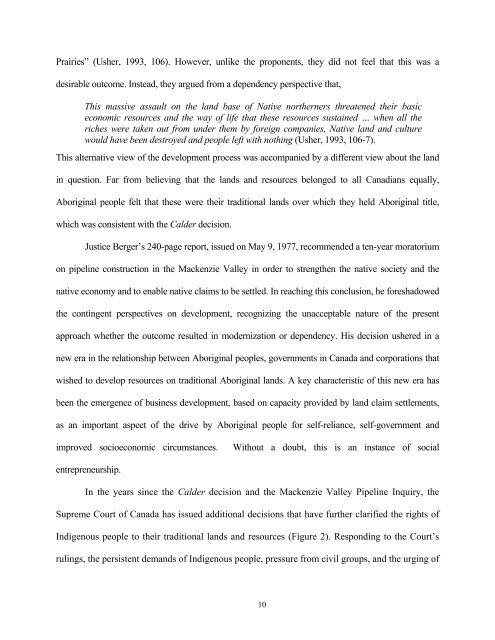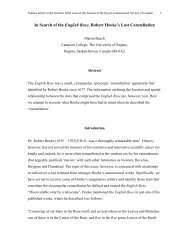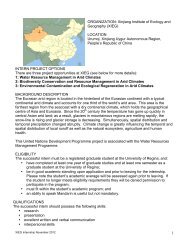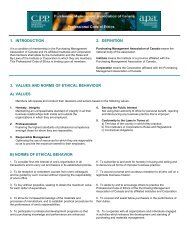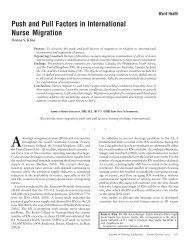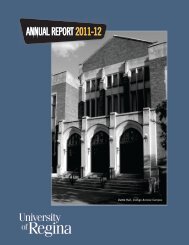The Indigenous Land Claims in New Zealand and Canada
The Indigenous Land Claims in New Zealand and Canada
The Indigenous Land Claims in New Zealand and Canada
Create successful ePaper yourself
Turn your PDF publications into a flip-book with our unique Google optimized e-Paper software.
Prairies” (Usher, 1993, 106). However, unlike the proponents, they did not feel that this was adesirable outcome. Instead, they argued from a dependency perspective that,This massive assault on the l<strong>and</strong> base of Native northerners threatened their basiceconomic resources <strong>and</strong> the way of life that these resources susta<strong>in</strong>ed … when all theriches were taken out from under them by foreign companies, Native l<strong>and</strong> <strong>and</strong> culturewould have been destroyed <strong>and</strong> people left with noth<strong>in</strong>g (Usher, 1993, 106-7).This alternative view of the development process was accompanied by a different view about the l<strong>and</strong><strong>in</strong> question. Far from believ<strong>in</strong>g that the l<strong>and</strong>s <strong>and</strong> resources belonged to all Canadians equally,Aborig<strong>in</strong>al people felt that these were their traditional l<strong>and</strong>s over which they held Aborig<strong>in</strong>al title,which was consistent with the Calder decision.Justice Berger’s 240-page report, issued on May 9, 1977, recommended a ten-year moratoriumon pipel<strong>in</strong>e construction <strong>in</strong> the Mackenzie Valley <strong>in</strong> order to strengthen the native society <strong>and</strong> thenative economy <strong>and</strong> to enable native claims to be settled. In reach<strong>in</strong>g this conclusion, he foreshadowedthe cont<strong>in</strong>gent perspectives on development, recogniz<strong>in</strong>g the unacceptable nature of the presentapproach whether the outcome resulted <strong>in</strong> modernization or dependency. His decision ushered <strong>in</strong> anew era <strong>in</strong> the relationship between Aborig<strong>in</strong>al peoples, governments <strong>in</strong> <strong>Canada</strong> <strong>and</strong> corporations thatwished to develop resources on traditional Aborig<strong>in</strong>al l<strong>and</strong>s. A key characteristic of this new era hasbeen the emergence of bus<strong>in</strong>ess development, based on capacity provided by l<strong>and</strong> claim settlements,as an important aspect of the drive by Aborig<strong>in</strong>al people for self-reliance, self-government <strong>and</strong>improved socioeconomic circumstances.Without a doubt, this is an <strong>in</strong>stance of socialentrepreneurship.In the years s<strong>in</strong>ce the Calder decision <strong>and</strong> the Mackenzie Valley Pipel<strong>in</strong>e Inquiry, theSupreme Court of <strong>Canada</strong> has issued additional decisions that have further clarified the rights of<strong>Indigenous</strong> people to their traditional l<strong>and</strong>s <strong>and</strong> resources (Figure 2). Respond<strong>in</strong>g to the Court’srul<strong>in</strong>gs, the persistent dem<strong>and</strong>s of <strong>Indigenous</strong> people, pressure from civil groups, <strong>and</strong> the urg<strong>in</strong>g of10


